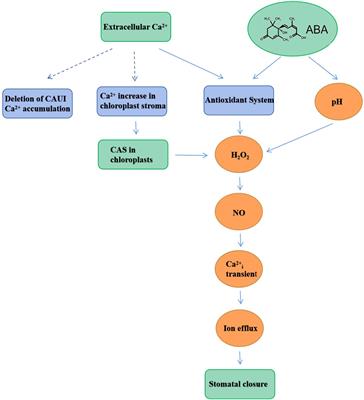The maximum amount of light a plant can use for photosynthesis before photoinhibition sets in, is dependent on many, many variables. This is why you will see different reports from different people.
Mostly, folks will talk about light intensity or environmental conditions being the main factors, which they are. But some other variables that often get considerably less attention are the spectrum of light, total DLI : Maximum PPFD/ total hours of light, and potential nutritional shortcomings.
You will find talk of spectrum quality in a few other current threads, so I won’t go into that here.
If you read back through this thread, you will see many folks suggesting a Max DLI based off [PPFD x Lights-ON Period]. But there is recent research that suggests that plants can photosynthesize under higher PPFD before light stress, so long as maximum DLI is not exceeded. Basically, plants can use higher light intensities for shorter periods of time (before stress) than plants under a static PPFD, given the same amount of “daylight” hours. In theory, you could run plants at at higher Max PPFD if you ramped the intensity up and down to maintain a certain DLI. There are a few studies to support this that I’ve posted before, but not in this thread. They are just a google away though.
Nutrition doesn’t get as much attention in the LED section, but from my studying and research of “optimal” nutritional levels, I believe insufficient total mineral concentrations, as well as antagonistic mineral imbalances are also a limiting factor for the total amount of light a plant can take before stress.
The topic of “optimal nutrition” is outside the scope of this discussion, but how nutrition relates to photosynthesis under varying lighting conditions is within the scope. Below is a link to a research paper discussing the multiple effects and roles of Calcium and its relation to reducing heat/drought/light stress, in addition to many otherbenefits.
Calcium ions (Ca2+) regulate plant growth and development during exposure to multiple biotic and abiotic stresses as the second signaling messenger in cells....

www.frontiersin.org
I believe that with the optimization of these variables, plants can achieve a higher Total DLI, and also photosynthesize under a higher Max PPFD.


